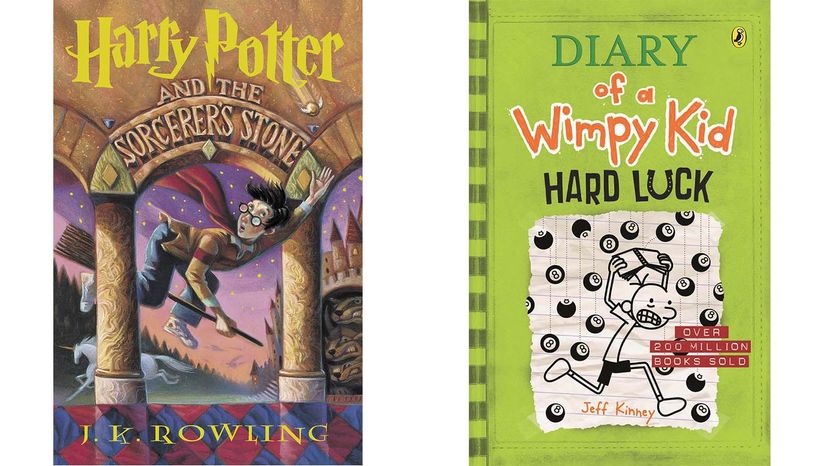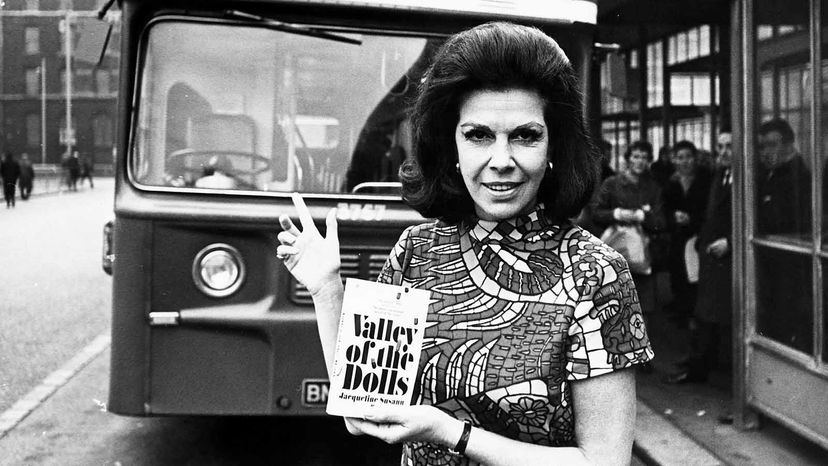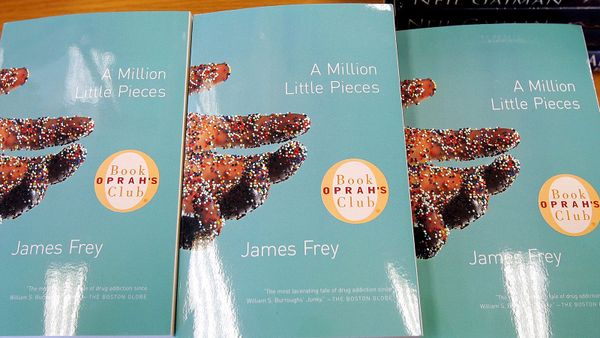
Have you read "Dragons Love Tacos"? If you haven't, where have you been? This delightful children's book has been on The New York Times Best Sellers list for more than seven years. Granted, it's in the Children's Picture Books category, but as of July 2, 2023, "Dragons Love Tacos" has spent more than 400 weeks on the list (or more than seven years); that's more time than almost any adult book except "The Road Less Traveled" and "The Glass Castle."
Plus, just a couple decades ago, children and adult books were on the same list, until a teenage wizard necessitated the separation.
Advertisement
Whether the material is written for the young, old or anyone with an imagination, getting a book on any of The New York Times' Best Sellers lists is a boon for authors and publishers alike. It increases sales and prestige, and could make a film deal more of a possibility, Constance Grady wrote for Vox. Book covers, online listings and author websites make the most of being included, so what does it take to get there? It's complicated.





